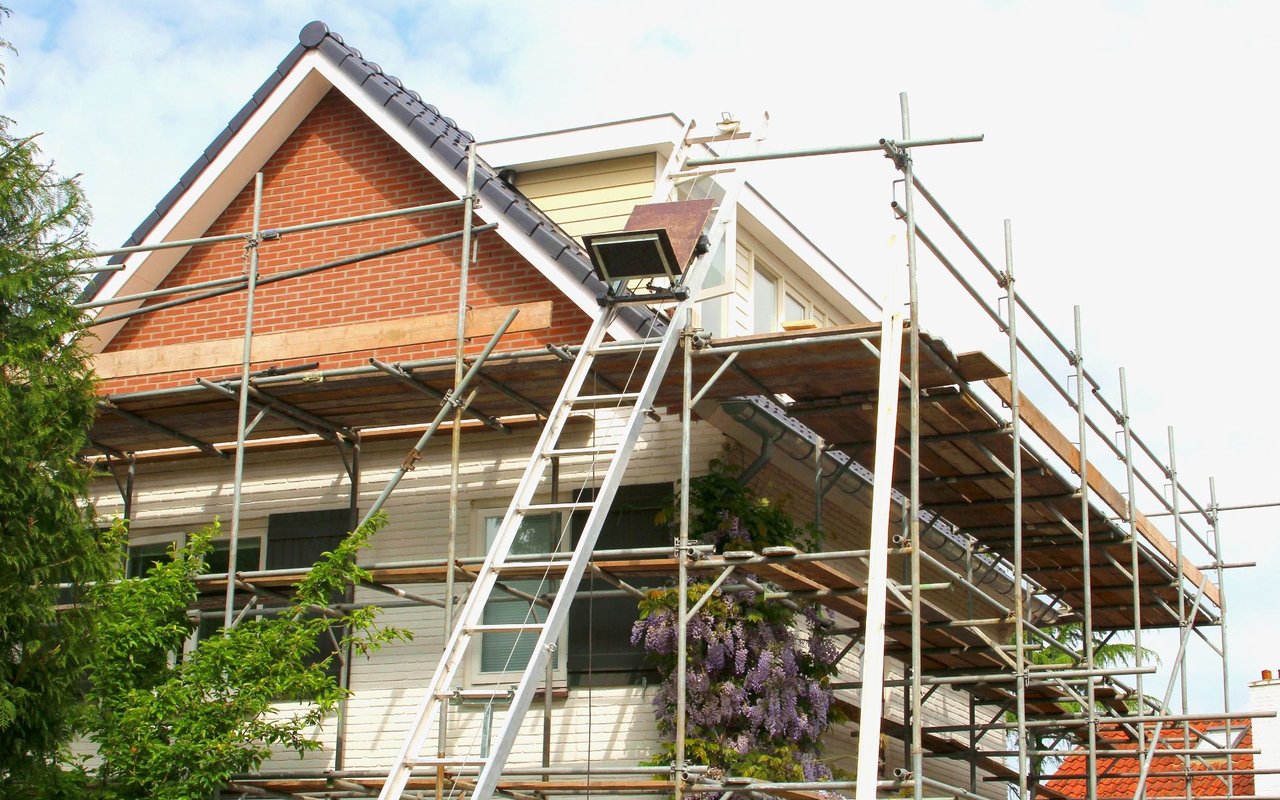
Fixed Price Vs. Construction Management Fee
An Interview with Scott Hobbs, Hobbs Construction, New Canaan, CT 203-966-0726
RK: Your firm has received national awards for building and are known in our area as an exemplary building firm. Hobbs has been in the business for over fifty years and you have been part of the company for the 22 of them. Let’s say you are about to undertake a renovation project or want to build your dream home. Take us through the first steps of the process.
SH: Most people come with a list. Typically, they will sit with the architect and develop that wish list, answering questions from the architect that can give him/her a better sense of what is important, likes and dislikes. Clients most often give the architect a budget number. I would say that two things are critical in this first step:
1. Be honest about what you want, and can, spend on the project. Beyond the construction cost, there are likely to be other costs, such as landscaping and decorating. Be sure you identify all elements of the project and have a contingency, as well.
2. Think through what your programming priorities are. Not what others think they should be, but what matter to you.As odd as this might sound, there are many times that I hear homeowners recite things that they want that are reflections of what they think they should want, instead of what they really want. That’s a big mistake. At the end of a project, you don’t want to turn to the architect or builder and say, “I should have spent more for X, and it really didn’t matter about Y”. Let’s take windows, for example. When I show you a window, are you the sort of person that says, “Wow, look at that view!” or do you sit there and admire the materials, the construction and the hardware of the window. That tells you something right away about your priority on windows.
RK: OK, so we have an idea of what we want. The architect starts developing conceptual ideas around my budget, right?
SH: Well, yes and no. Most architects are passionate about design; budgets and schedules don’t get them excited. While they are usually respectful of budgets, the majority don’t approach a design by saying, “Oh, let me design a house that is $400/sq ft.” They just listen to what you want, and then start designing. The worst thing that can happen is that they design your dream house, only to get it out to bid and find that it is twice the budget.
RK: That sounds like it potentially can be a waste of time and money, since the architect will have to go back to the drawing board and start cutting and perhaps changing the entire approach.
SH: Unfortunately, it happens a lot. That’s why I like the idea of a construction management fee approach. With this approach, the homeowner and architect do their due diligence before the project begins, and bring in a contractor right from the get go. The decision is based on interviews, recommendations, referrals, reputation, and looking at projects the contractor has done that are similar in scope and materials and getting an idea of what those costs ran. If you bring in a contractor at the early design phase, they can then be provide continual cost feedback from the earliest stage. They need little more than conceptuals and basic information on the exteriors, windows and doors, materials for the roof and shell, size, etc. and an understanding of the level of finishes that the homeowner and architect have in mind to provide you with a pricing takeoff.
RK: That makes a lot of sense but I bet this would make some people nervous not to have a set of plans bid out that they can then compare.
SH: The majority of our customers actually take the construction management approach. Think about this. Labor and materials are about a 50/50 split in construction costs. Materials are commodities where nobody gets a substantially different price from someone else. So, if there are pricing differences, they must come from the labor, supervision and contractor profit. You then have to ask why do labor costs vary? Are the skill set the same of the laborers for various contractors? Are they insured? Do they have their proper work papers? Were background checks completed? If you are really looking at equally skilled workmen and subs, their costs across a basket of subs (there are roughly 30-40 categories of subcontractors required for a full house project) will be the same. There just isn’t any way around this. The last two costs are supervision and contractor profit. The supervisor is the engine of the machine. Good supervisors run about $100-120/hour and are salaried. That’s the market rate in this area. No way around that one either. And profit on a residential construction profit is 10-15% on larger projects, and 15-20% on smaller ones. Sure, you can probably find a hungry contractor that will take a lower profit percentage, but you want to be sure he has the backing so that if he misbid an item, he isn’t suddenly working at a loss on which he cannot afford to make good.
RK: Let’s say I really just am not ready to tie in with the construction management concept and want to do enough design of my dream house that I can send it out to a number of contractors and get a fixed price. What’s wrong with that?
SH: That is certainly a viable approach as long as you are prepared to go through some redesign if you find the bids come in too high. Your architect should give all contractors the same bid set and a guideline as to the categories and way that the bidding should come back. It’s really critical that you see bids side by side, line item by line item. You should also remember that you are implicitly asking each contractor to come back with as low a price as is humanly possible that just barely can meet the specifications. Any dollar that they put in that exceeds what is included in the documentation makes it more likely that they will not get the job even though it may have been for something that would have made you happier. While many people have claimed that the fixed number is not really important to them, our experience has shown that the low bid wins in these circumstances around 95% of the time. But here’s another thing you could do. You could select a contractor to be involved in the pre-construction phase. Typically, you would pay an hourly fee for this service. It both gives you a chance to “test drive” each other as well as get the guidance that is so helpful before to much time and energy is spent on designing. Depending upon how much time the contractor spends in this process, the dollars spent might be refunded back into the project, if you end up selecting him to build your house.
RK: Thank you for your time. As a realtor, I must say that when there is a house that I am showing that is built by Hobbs, there are no questions asked. Everyone knows that your firm builds a superior home. Given that, can you share with us one resource that you are consistently impressed by?
SH: Sure. Stephen Gamble of Historic Flooring on Lewis St. in Greenwich comes immediately to mind. Their flooring, stains and finishes for any wood from floors to cabinetry, are in a class of their own.


